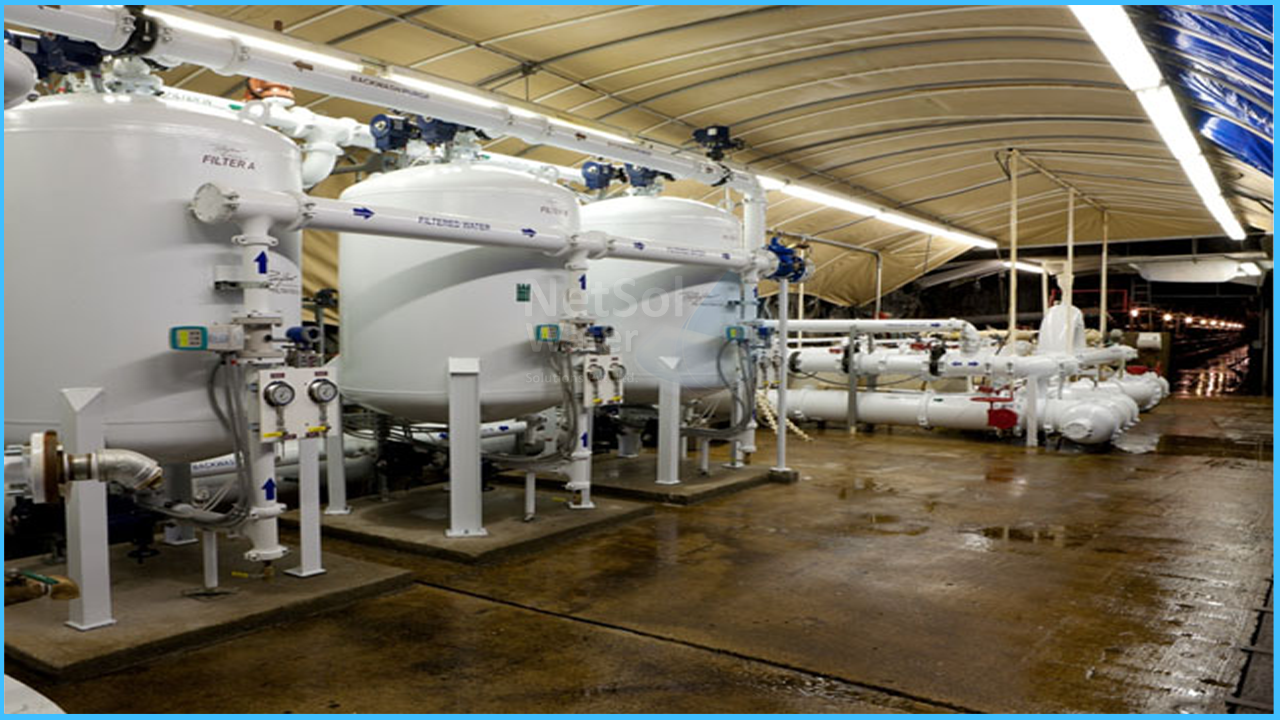WHAT IS ARSENIC CONTAMINATION?
Arsenic is an element that occurs naturally in soils and groundwater. Concentrations can differ depending on where you live. When found in high concentrations and in its inorganic state, it is highly toxic. This element exists in two forms, or valences (depending on the amount of oxygen available in groundwater in a natural setting):
- 1. Arsenate (As (V)) – found in shallower aquifers with higher oxygen levels.
- 2. Arsenite (As (III)) – typically found in deeper, anaerobic ground waters.
The predominant as (III) compound is neutral in charge in the pH range of 4 to 10, whereas as (V) is negatively charged. Long-term exposure to arsenic (via contaminated water) can cause skin lesions, skin cancer, and other side effects, according to the World Health Organization.
WHAT IS ARSENIC REMOVAL?
When arsenic levels are too high, water may need to be treated to remove it.Because of the negative charge of As (V), its removal efficiency is greater than that of As (III). To effectively remove arsenic from drinking water, oxidation of As (III) to convert it to As (V) may be required in many cases.To ensure high filtration efficiency, the process begins with oxidation. Coagulation then occurs to group the Arsenic particles. As a result, they are forced through an Ion Exchange filter.Membrane Technologies can also be used to remove arsenic. This is accomplished through the use of low-pressure membranes, such as microfiltration, or high-pressure membranes, such as reverse osmosis.
NETSOL WATER SOLUTION’S ARSENIC REMOVAL PLANTS
NETSOL WATER has many years of experience designing and building RO plants. NETSOL produces safe drinking water for municipalities, commercial, and industrial clients using proprietary technologies.
NETSOL developed and optimized the following technologies for removing arsenic from raw water sources:
- 1. Filtration of coagulation: This is a physical-chemical treatment that changes the properties of suspended or colloidal particles, allowing them to bind together more easily for filtration. Aside from particle removal, the addition of chemicals causes soluble elements to precipitate, most commonly as hydroxides, which then adsorb other dissolved elements, including arsenic.Chemical dozers, mixing systems, flocculators, decanters (if particle concentration is high), filters, and sludge systems are all required for this application.
- 2. Filtration by oxidation:Coagulation-filtration treatment is very similar to this type of treatment. The primary distinction is that it is typically applied to well water with low concentrations of suspended solids and colloids. It is efficient in water with high levels of iron and manganese because arsenic is removed by adsorption on the surface of iron and manganese hydroxides formed during the oxidation stage. It can remove up to 80% of arsenic from water.
This method, in addition to particle removal, provides the following advantages:
- a. Virus and bacteria removal
- b. Small flocs are removed, lowering the required coagulant dose.
- c. Regardless of the quality of the feed water, the treated water is of exceptional quality.
- 3. Specific media adsorption: Because of the affinity between the two elements, arsenic adsorption on media coated with iron hydroxide is very effective. Furthermore, because of its low operating costs, this process is the best option for treating high arsenic concentrations for the production of both drinking water and mineral water.
- 4. The exchange of ions: Ion exchange removal of arsenic is one of the least-used methods due to the low selectivity of resins with arsenic. Anions that compete with the exchange sites, such as sulphates and nitrates, reduce the capacity of the resins to remove arsenic significantly. Because the resins used in this process are more expensive and must be replaced more frequently than commodity resins, it is typically not a cost-effective option.
- 5. Filtration through a membrane: Membrane separation can remove up to 90-95% of arsenic, but it has several significant drawbacks, including a higher investment cost and the need to treat the high arsenic concentrate produced by the process.



